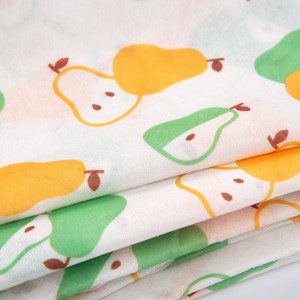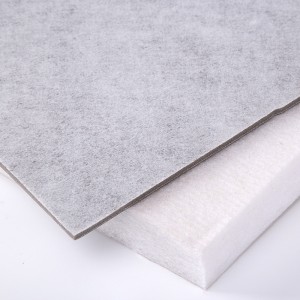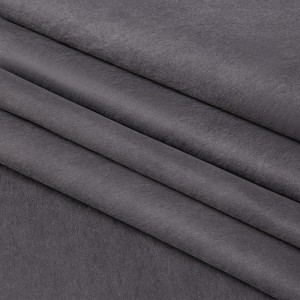Customized Antibacteria Spunlace Nonwoven Fabric
Product Description
Antibacterial spunlace refers to a type of nonwoven fabric that is made using a spunlace process and treated with antibacterial agents. Antibacterial spunlace fabrics are treated with specialized antibacterial agents that have the ability to inhibit the growth of bacteria. These agents are typically incorporated into the fabric during the manufacturing process or applied as a coating afterwards. The antibacterial properties of the fabric help to prevent the spread of bacteria and maintain hygiene in various applications.
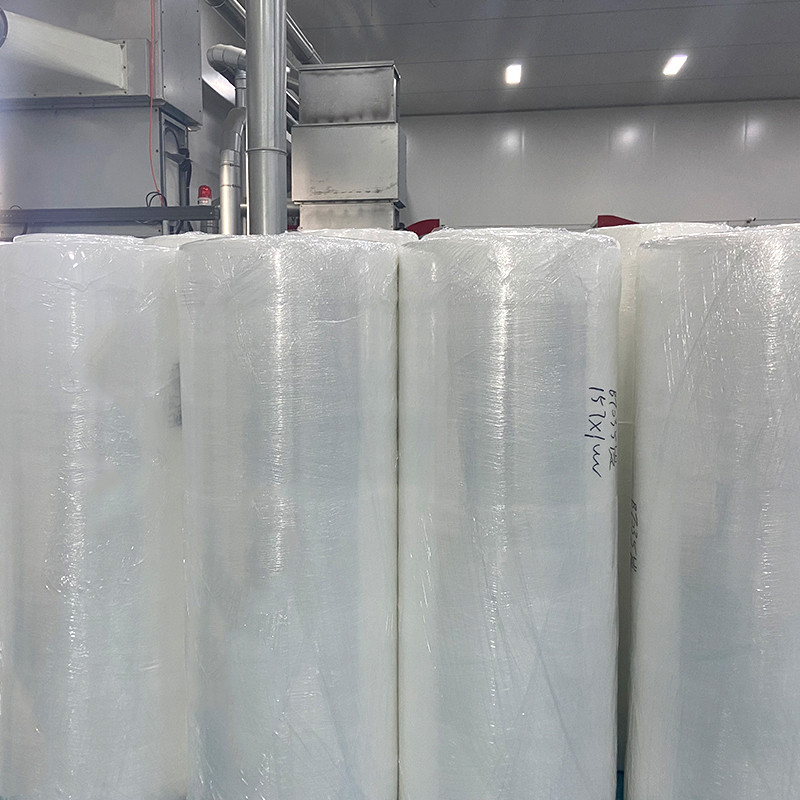
Use of Antibacterial spunlace
Healthcare industry:
Antibacterial spunlace fabrics are widely used in medical settings. They are used to manufacture medical gowns, masks, and drapes, providing an additional layer of protection against bacteria. These fabrics help reduce the risk of cross-contamination and provide a hygienic environment for healthcare professionals and patients.
Personal care products:
Antibacterial spunlace is incorporated into personal care products such as wet wipes, facial wipes, and intimate hygiene wipes. It helps to eliminate harmful bacteria and provides a clean and refreshing experience. These products are especially beneficial for individuals with sensitive skin or those who are prone to infections.
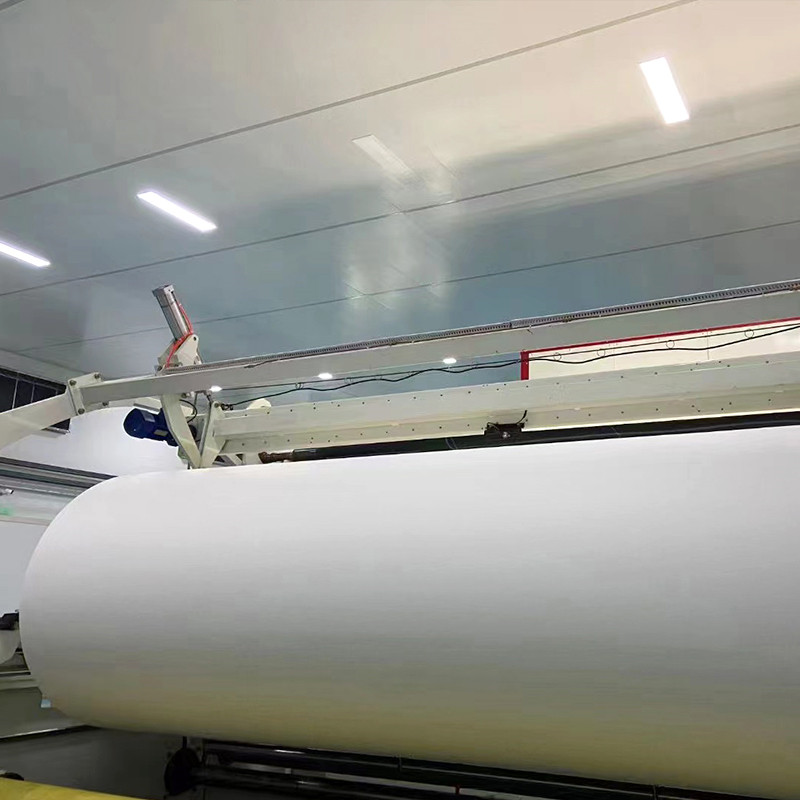
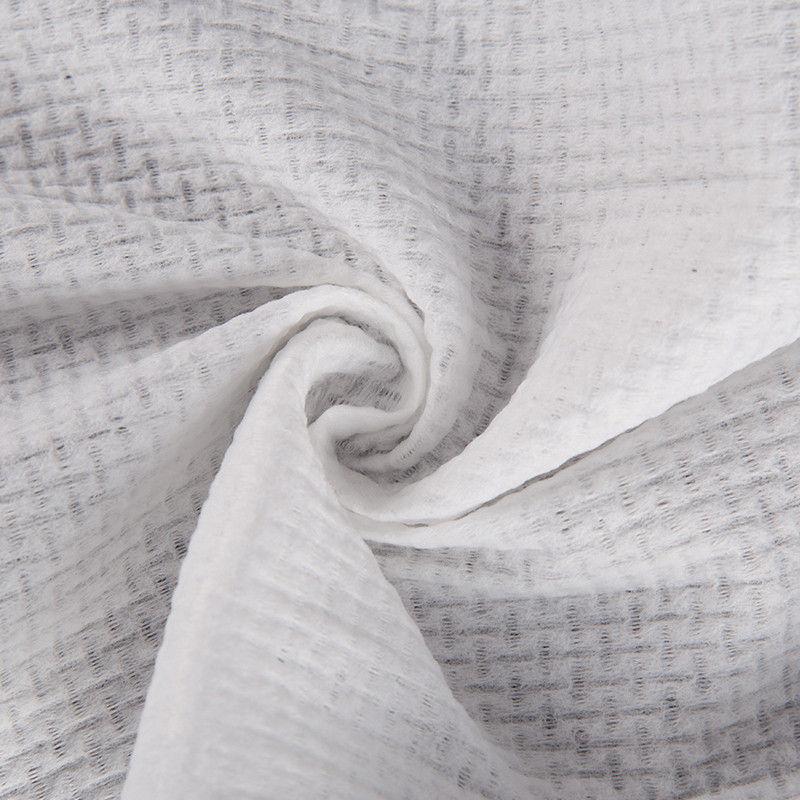
Household cleaning:
Antibacterial spunlace fabrics are used in the manufacturing of household cleaning wipes, which help disinfect surfaces and control the growth of bacteria. These wipes are convenient and effective for wiping down kitchen counters, bathroom fixtures, and other high-touch areas in the home.
Hospitality industry:
Antibacterial spunlace fabrics can be used in hotels, restaurants, and other hospitality settings. They are commonly found in cleaning wipes for hotel room surfaces, kitchen and dining areas, and public restrooms. These fabrics help maintain cleanliness and ensure a hygienic environment for guests and staff.
Food industry:
Antibacterial spunlace fabrics are used in food processing and handling to prevent bacterial contamination. They can be used in gloves, aprons, and other protective clothing worn by food handlers to maintain a sanitary environment and reduce the risk of foodborne illnesses.






